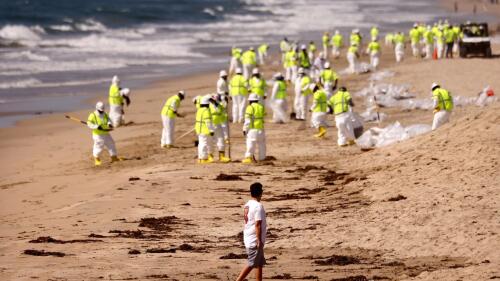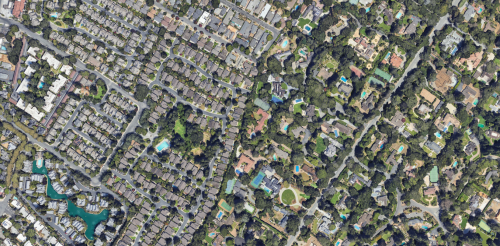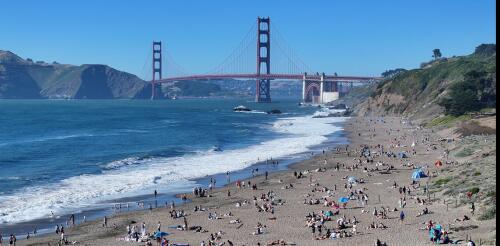San Francisco
The civil suit was filed in San Francisco
The odd headlines about little towns in the San Francisco Bay Area just keep coming. First Woodside, a tiny suburb where several Silicon Valley CEOs have lived, tried to declare itself a mountain lion habitat to evade a new California law that enabled owners of single-family homes to subdivide their lots to create additional housing. Then wealthy Atherton, with a population of 7,000 and a median home sale price of US$7.5 million, tried to update its state-mandated housing plan. Until very recently, 100% of Atherton’s residentially zoned land allowed only single-family houses on large lots. When the City Council considered rezoning a handful of properties to allow townhouses, strenuous objections poured in from such notable local residents as basketball star Steph Curry and billionaire venture capitalist Marc Andreessen. A council member argued that the town should “express and explain the specialness of Atherton … to succeed in reducing [the state’s] ex...
The U.S. Supreme Court will test how flexible the EPA and states can be in regulating water pollution under the Clean Water Act when it hears oral argument in City and County of San Francisco v. Environmental Protection Agency on Oct. 16, 2024. This case asks the court to decide whether federal regulators can issue permits that are effectively broad orders not to violate water quality standards, or instead may only specify the concentrations of individual pollutants that permit holders can release into water bodies. My research focuses on water issues, including the Clean Water Act. This case involves both federal and state authority to issuing permits, and it will be interesting to see where the court focuses. While justices have been willing to limit the EPA’s authority under the act, they traditionally have allowed states broad authority to protect water quality. Thus, while some fear that this case is yet another occasion for the court to limit the EPA’s authorit...


